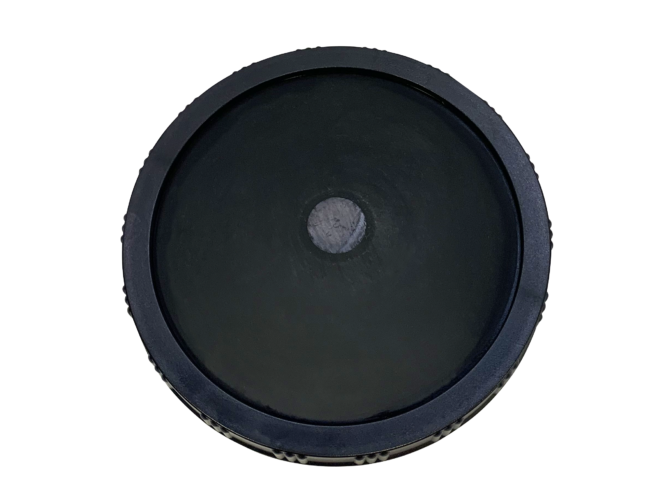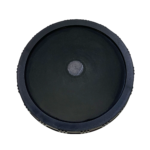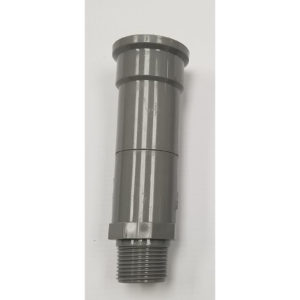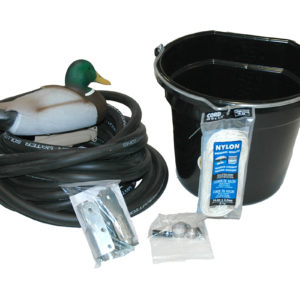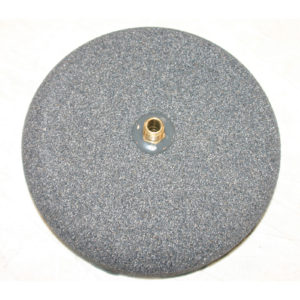Description
Replacement 9″ Rubber Membrane Diffuser
We’ve searched far and wide to come up with a Replacement 9″ Rubber Membrane Diffuser that will maximize pond aeration! In addition, this replacement 9″ membrane is used in the water treatment industry to really move the water through its precision perforated slits and will work great in any pond or lake for diffused aeration. This unit is meant to replace an existing 9″ rubber membrane diffuser and is rated for up to 5 CFM of air.
What’s even better is that this is a low psi design, which means your windmill, electric or solar aerator doesn’t have to struggle to open up the perforated slits like it would with some rubber membranes on the market. In conclusion, if you’re looking for the best diffuser available, this is the right one to pick!
Product Features:
- Single head handles airflow from .8 – 5 CFM
- 3/4″ male threaded outlet located in the base of each diffuser head
- Low maintenance rubber membrane diffusers produce fine bubbles for maximum lift and oxygen transfer efficiency
- Five-year warranty
What is the difference between an airstone diffuser and a rubber membrane diffuser?
The airstone diffuser and the rubber membrane diffuser both serve the same purpose; they provide aeration for your lake or pond. However, how they do it and what size they work best in is very different. The airstone diffuser can be quite convenient because it can easily be installed. The airstone diffusers can are more affordable, but they provide less oxygen. The rubber membrane is more expensive but offers more oxygen with smaller bubbles. The airstone diffuser can be ideal for smaller ponds.
The rubber membrane is an ideal solution for bigger ponds. This is because more bubbles are created and transported throughout the water, which makes more oxygen for your aquatic environment. Additionally, it can also be argued that the airstone diffuser creates about the same amount of oxygen. The airstone diffuser gives off bigger bubbles and a sufficient oxygen level as the bubbles pop. To reiterate, both options are good, but your investment would depend on the price, maintenance frequency, and size of the pond.

